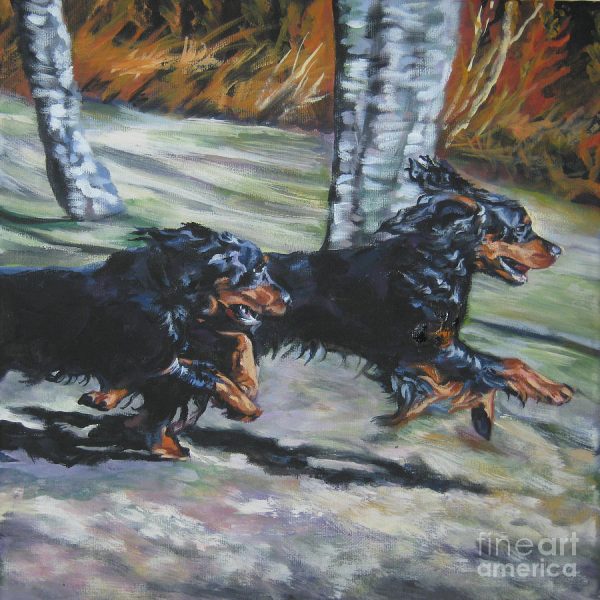
“Furnishings” doesn’t refer just to furniture. The word itself is quite old and can be traced to back the 16th century and the Middle French word, “fournir,” which morphed into “fourniture” to mean “a supply,” or the act of furnishing. In the dog world, “furnishings” refers to long hair on the extremities of certain breeds. In some wire-haired breeds, it can refer to a longer mustache, beard and eyebrows, while in setters, furnishings refers to the flowing hair coming off the dog’s body.
Interestingly, variants in only three genes govern coat length, curl and furnishings. It was something discovered in 2009 by Edouard Cadieu and Elaine A. Ostrander of the National Human Genome Research Institute who looked at some 900 dogs representing 80 breeds. They were able to identify mutations at specific points, or loci, on three genes linked to fur length, curliness and growth pattern (what we call “furnishings”). When they looked at the three loci on the genes of another 662 dogs representing 108 breeds — from Old English Sheepdogs to Pugs – they found that the presence of the mutations or not, in various combinations, accounted for the variation in coat in 95 percent of the breeds. Only a few breeds, including Afghan hounds, have coats that can’t be explained by these genes.
“Gordon Setter Autumn Run” by A Shepard/thedoglover
https://www.facebook.com/L.A.ShepardArt
http://fineartamerica.com/art/all/l.a.shepard/all
https://www.etsy.com/shop/TheDogLover

For anyone interested, here is a link to the study: https://www.ncbi.nlm.nih.gov/pmc/articles/PMC2897713/#SD1
Thanks, Linda!!